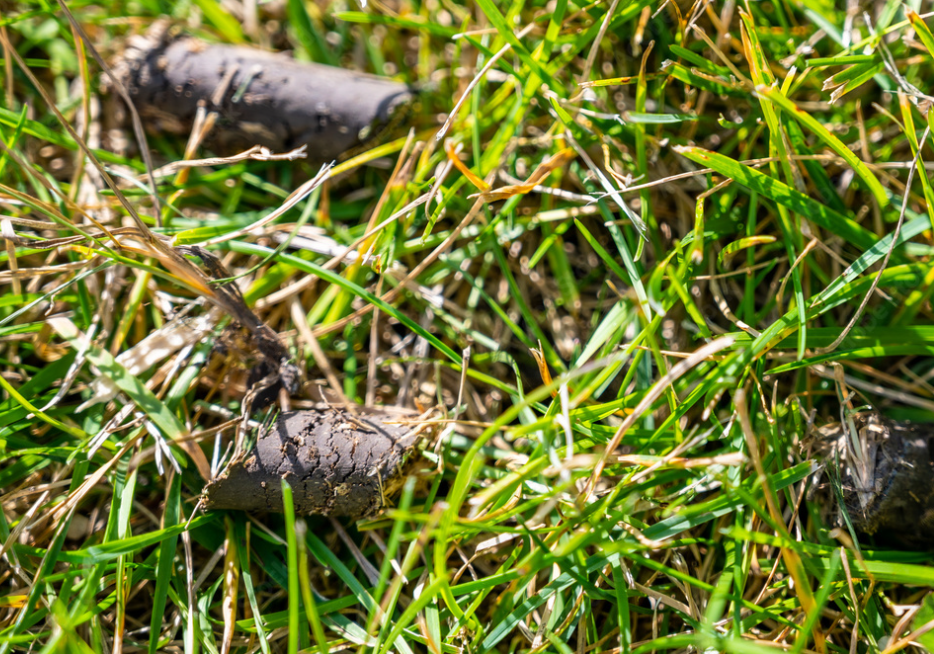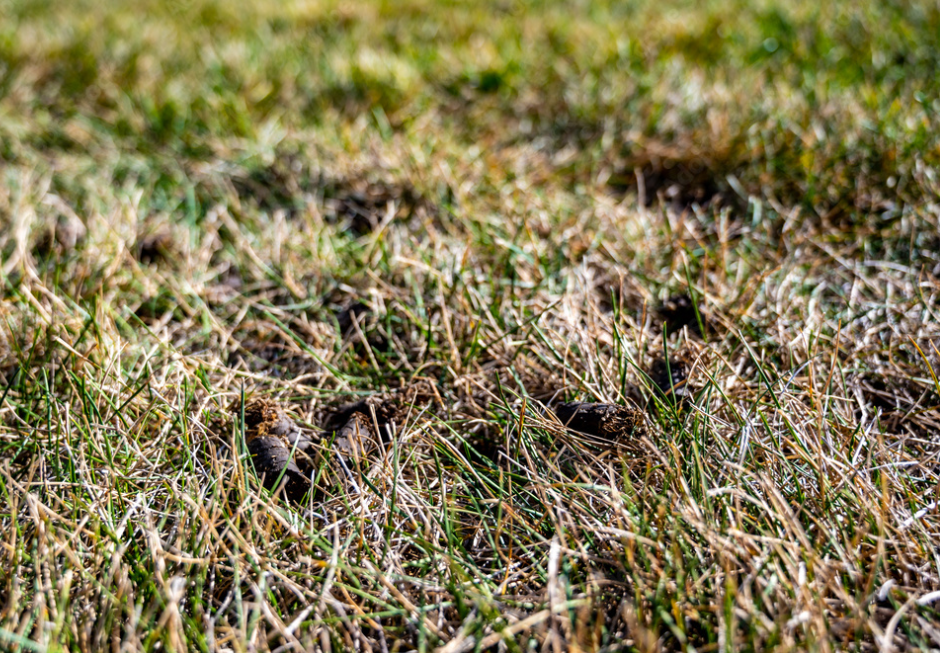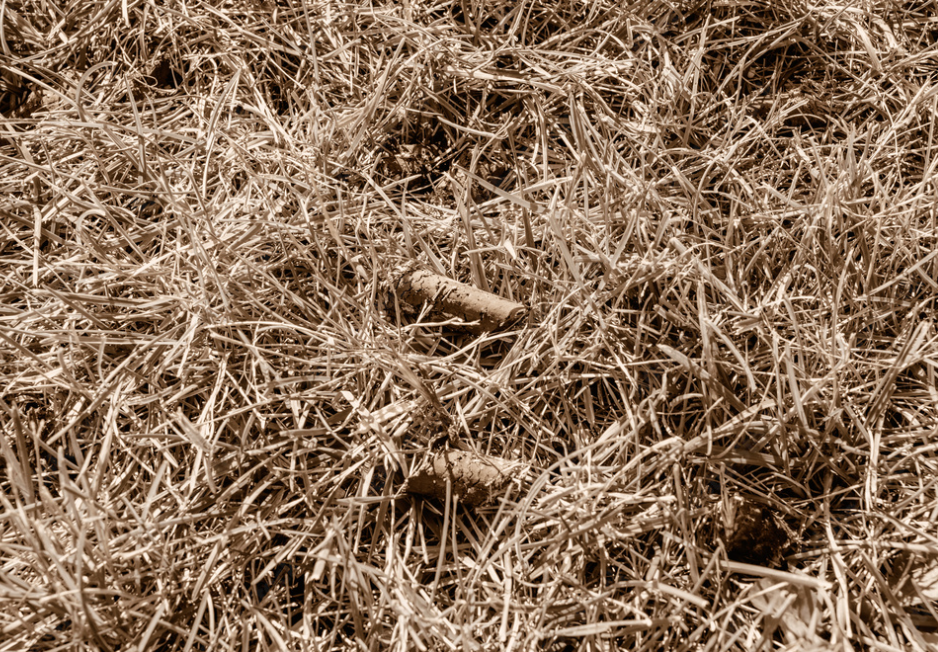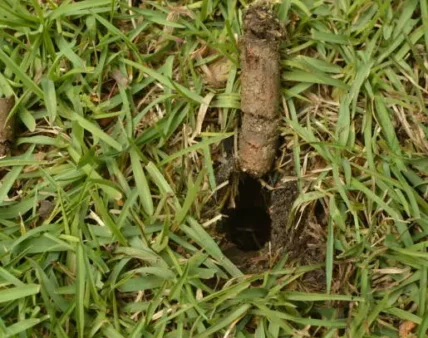Core Aeration
Unveiling the Secret to a Thriving Lawn
What is Core Aeration?
Core aeration is a lawn care practice that involves removing small plugs of soil, like hollow cylinders, from the ground. This is achieved using a specialized machine called a core aerator. The removed soil cores are left on the surface to decompose and return nutrients to the soil.
Why is Core Aeration Important?
Compacted soil is a common enemy of healthy lawns. It can be caused by heavy foot traffic, clay-rich soil, or even regular mowing.
- Oxygen Deprivation: Grass roots need oxygen to breathe and function properly. Compacted soil restricts airflow, starving the roots and hindering their growth.
- Nutrient Blockage: Water and nutrients struggle to penetrate compacted soil, leaving your grass thirsty and malnourished.
- Poor Drainage: Compacted soil doesn’t absorb water well, leading to puddles and potential waterlogging, which can damage roots and promote disease.
The Benefits of Core Aeration
By alleviating soil compaction, core aeration offers a range of benefits for your lawn:
- Improved Airflow: Core aeration creates channels in the soil, allowing oxygen to reach the roots and promote healthy growth.
- Enhanced Water Infiltration: Water can easily penetrate the loosened soil, reaching the roots and preventing runoff.
- Nutrient Delivery: Loosened soil allows for better absorption of fertilizers and other nutrients, giving your grass the fuel it needs to thrive.
- Reduced Thatch Buildup: Core aeration tackles thatch, a layer of dead grass and organic matter. This can significantly impede root growth.
- Stronger Roots: With better access to air, water, and nutrients, grass roots can grow deeper and stronger, making your lawn more resilient to drought and heat stress.



Best time to Aerate Your Lawn
The ideal time for core aeration depends on your grass type:
- Cool-Season Grasses (Fescue, Ryegrass, Kentucky Bluegrass): Early fall (September-November) is the best time to aerate cool-season grasses as they actively grow and recover from summer stress.
- These warm-season grasses (Bermudagrass, Zoysiagrass, Centipedegrass) flourish during active growth, producing a thicker, greener lawn. Aim for late spring or early summer (May-June) for aeration to maximize benefits.
Core Aeration: DIY or Hire a Professional?
Core aeration can be done yourself using a rented core aerator. For larger lawns or if you’re uncomfortable with the process, consider hiring a professional lawn care service for a healthier outcome. They have the expertise and equipment to ensure proper aeration and minimize damage to your lawn.
Breathe Easy, Breathe New Life into Your Lawn
By promoting healthy root growth, improved water infiltration, and better nutrient uptake, core aeration can revitalize your tired lawn. Consider core aeration as an investment in the long-term health and beauty of your green space.
Contact Us Today
Ready to transform your lawn into a beautiful outdoor space? Contact us today for a free quote and let our team of experts take care of all your lawn needs





